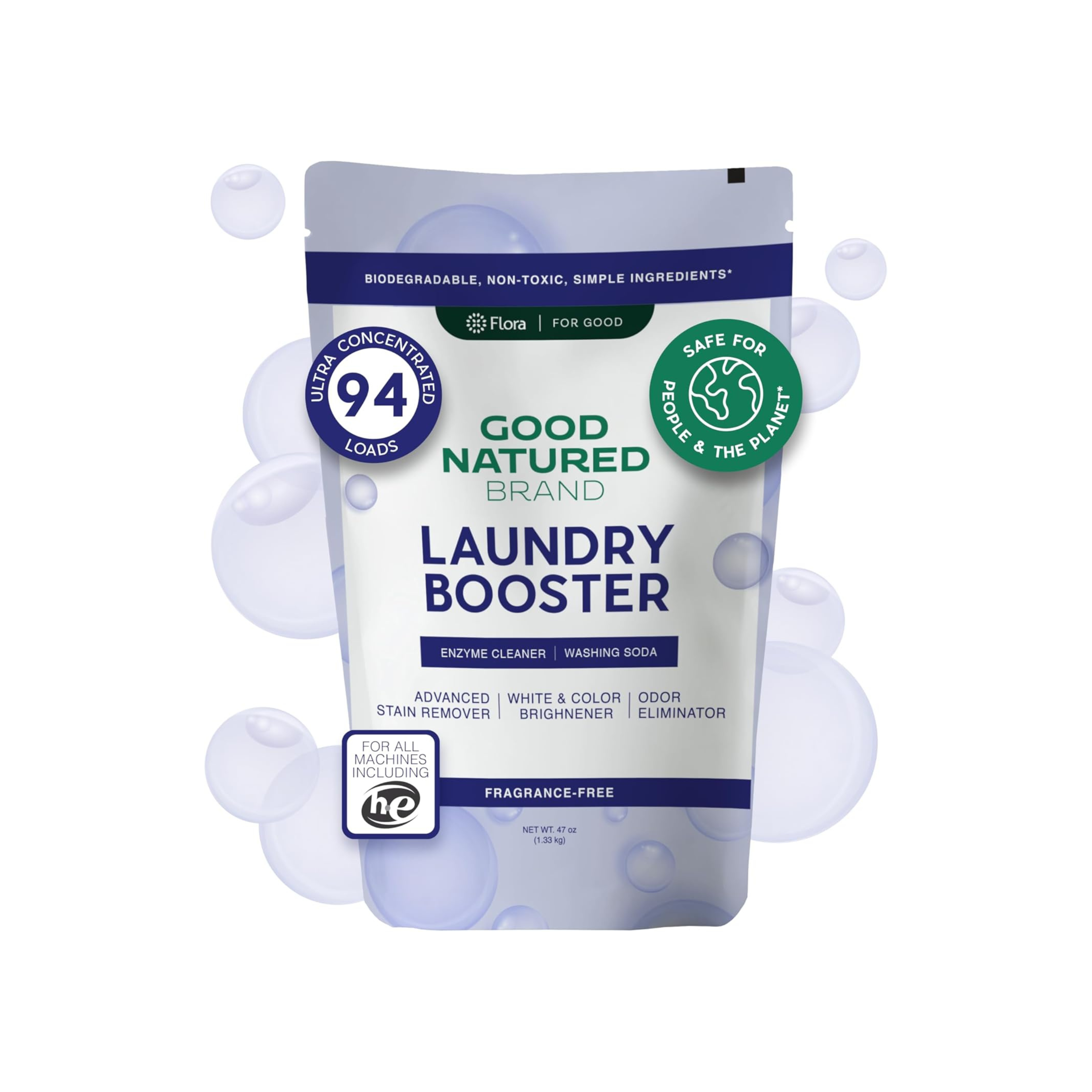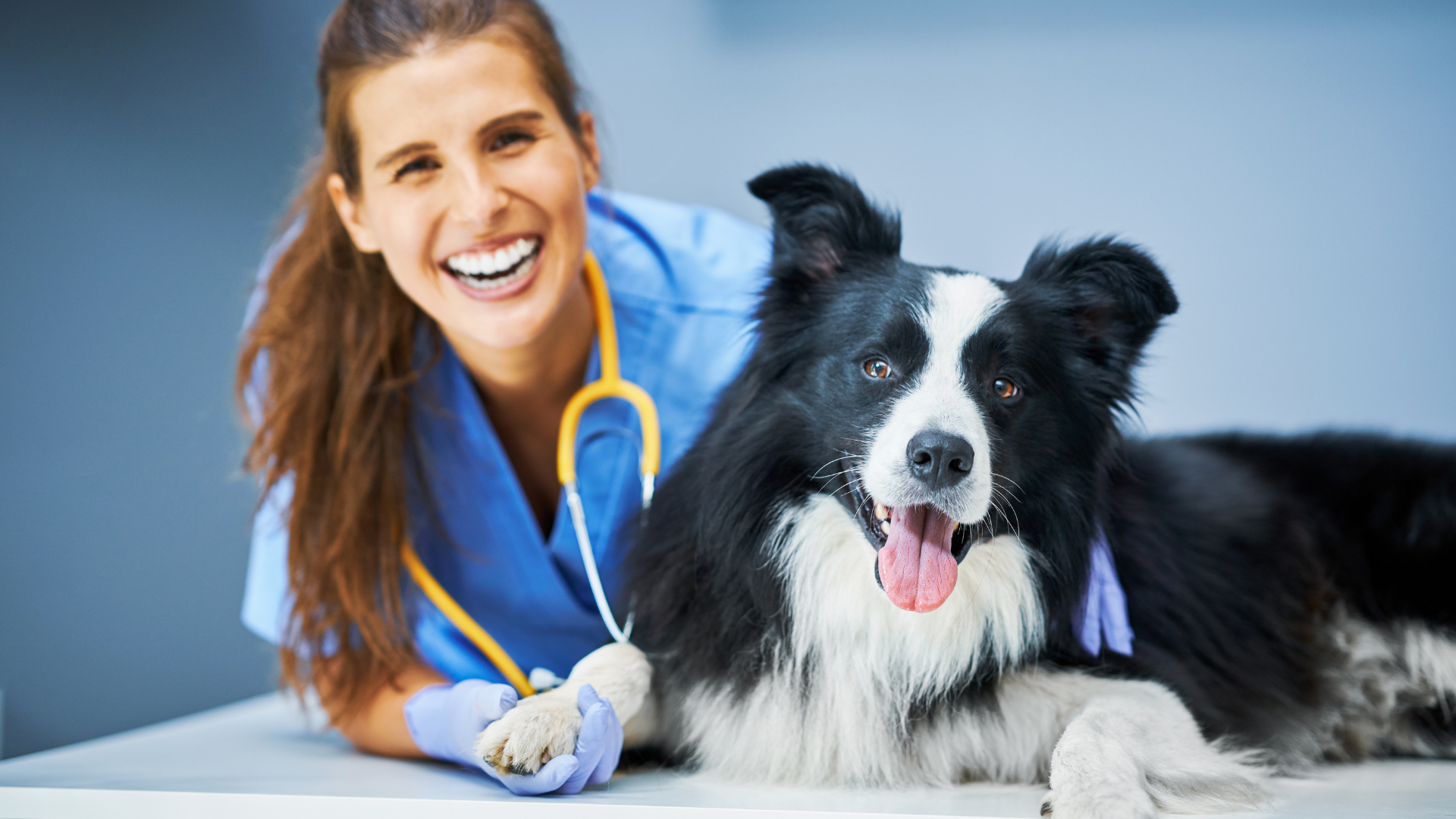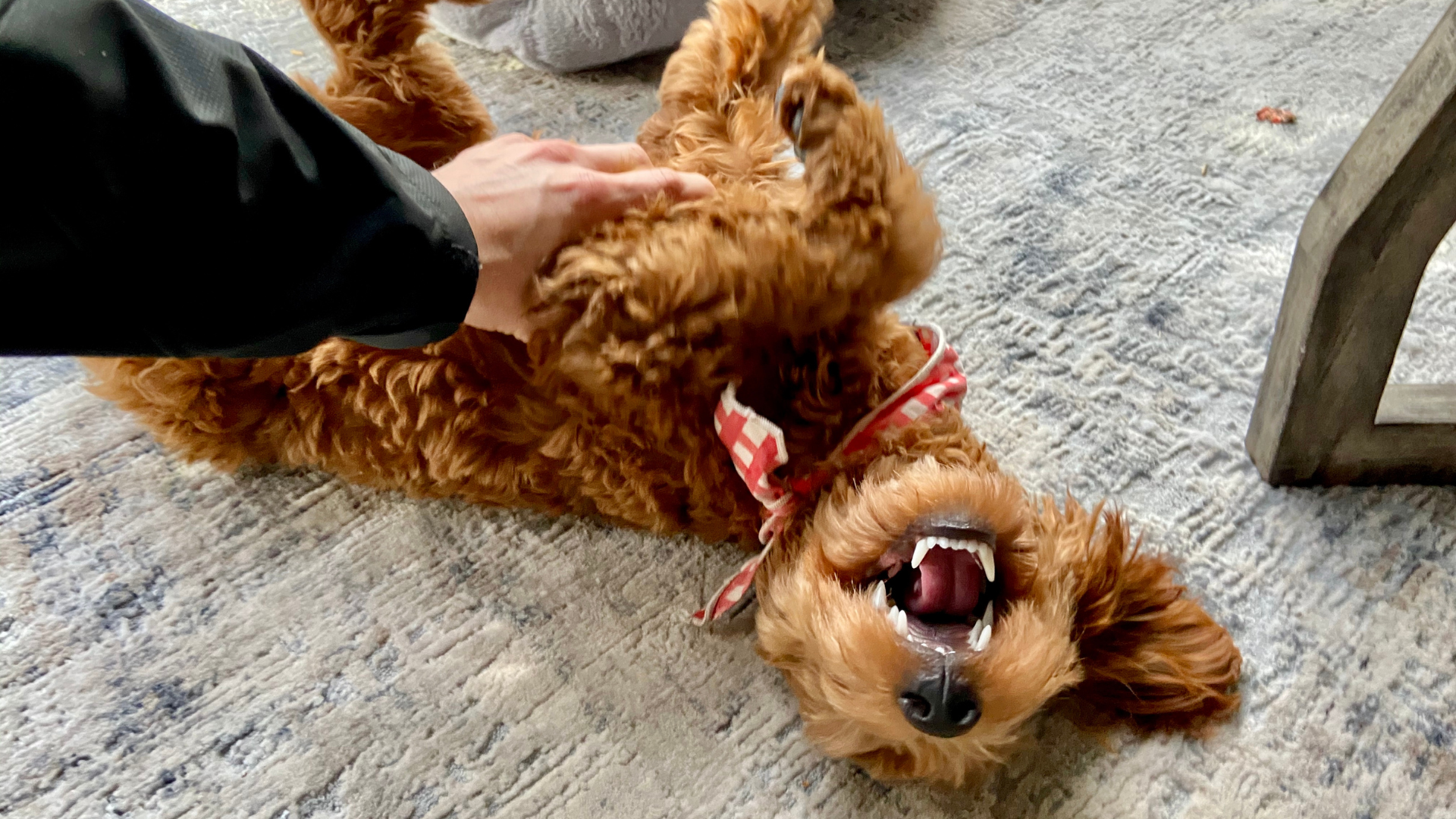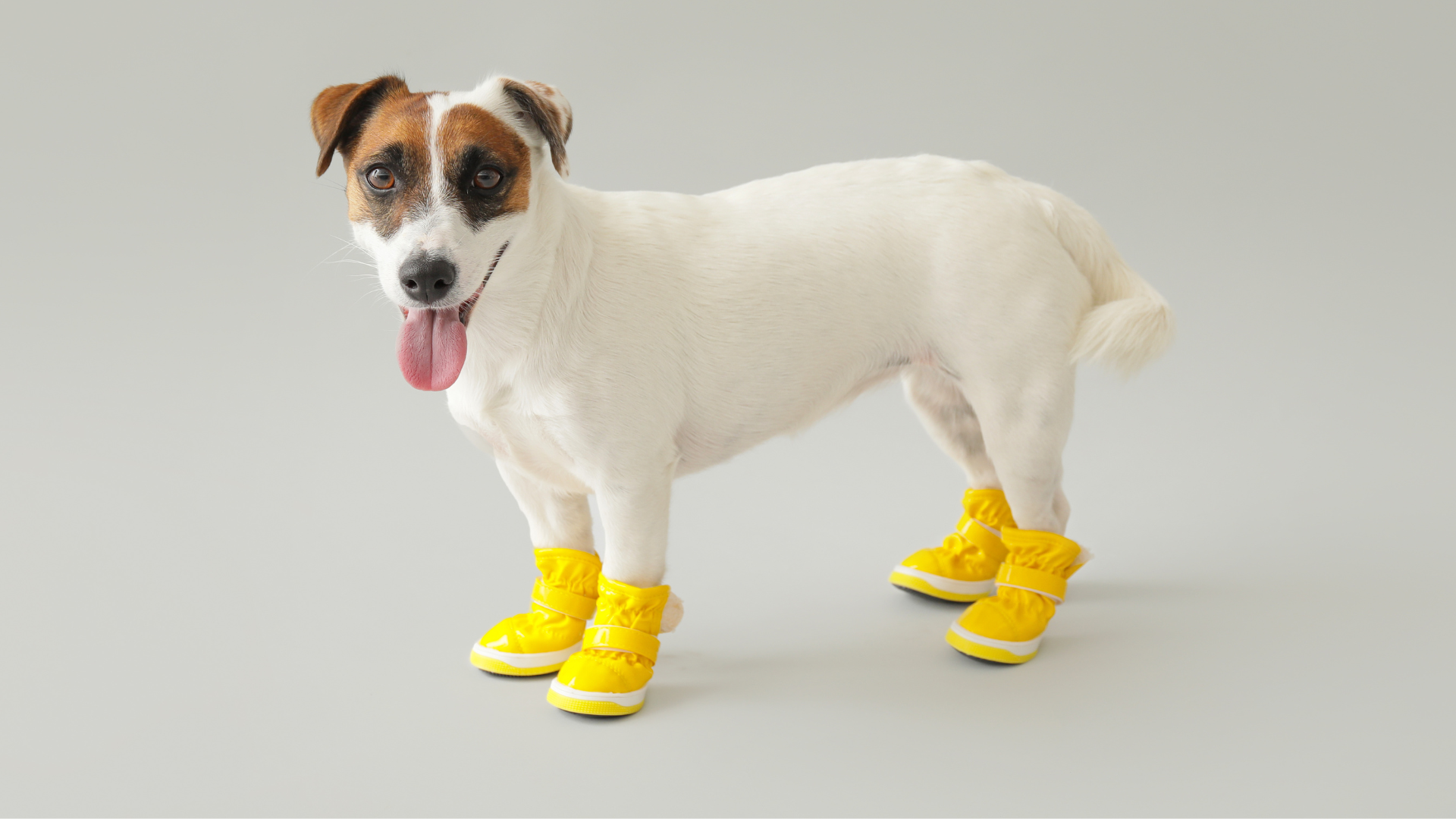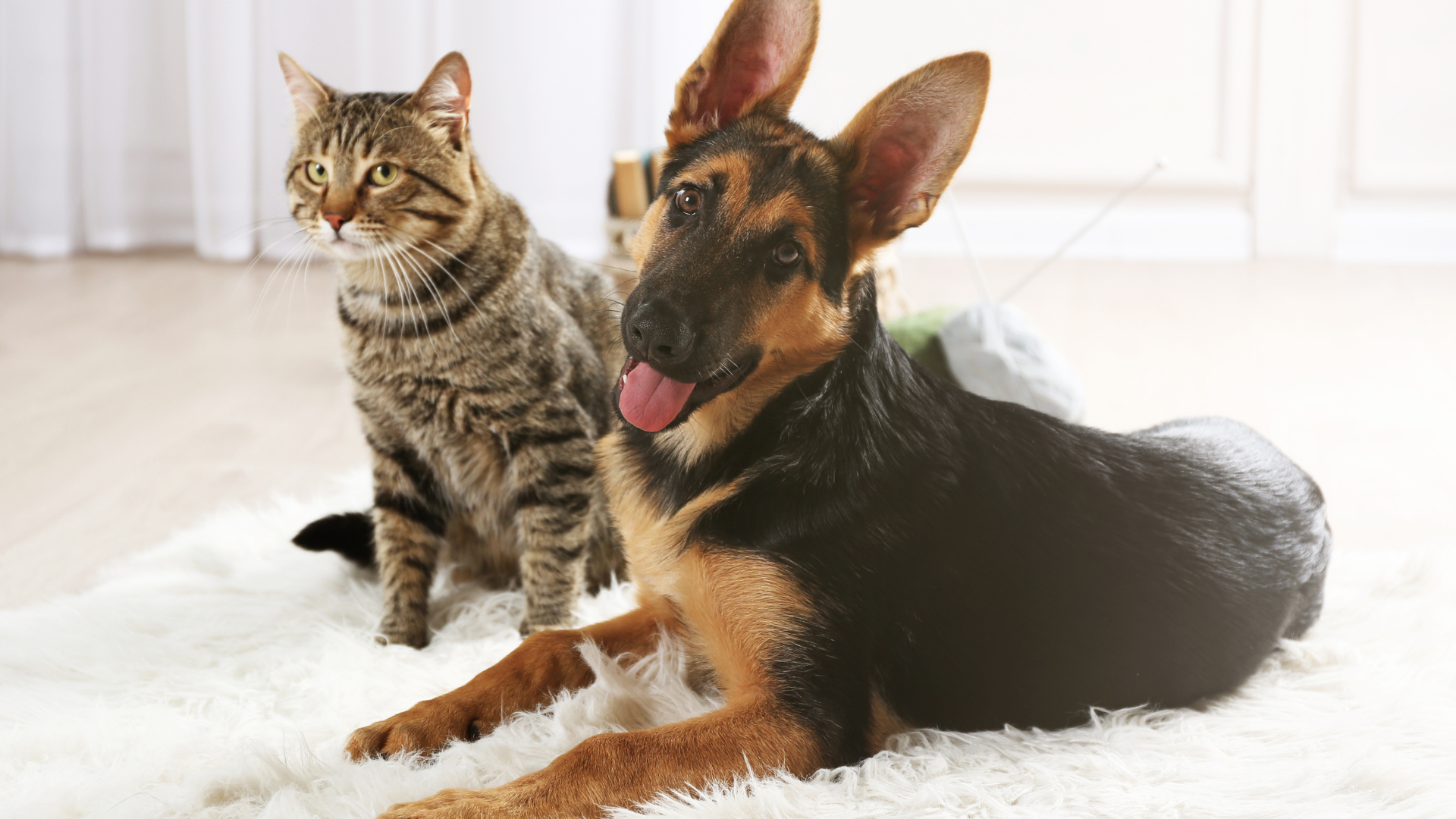Military working dogs (MWDs) are some of the most disciplined and vital partners in national defense, and their story is as fascinating as it is inspiring. In the YouTube video “How Military Dogs Are Trained” from the channel Business Insider, viewers are given a rare inside look into the rigorous training program at Lackland Air Force Base in San Antonio, Texas. This training center prepares dogs that will serve across every branch of the U.S. military, supporting missions around the globe.
With approximately 1,600 dogs in active service worldwide, these four-legged heroes undergo a specialized 120-day training program that combines obedience, detection, and controlled patrol work. Let’s break down how they are selected, trained, and deployed—and why their role is indispensable.
The Breeds Behind the Training
Not every dog is suited for military work. Breeds like the Belgian Malinois, Dutch Shepherd, and German Shepherd dominate the ranks because of their confidence, keen noses, and sharp prey drive. These dogs are carefully sourced from Europe, though since 1998, the U.S. military has also maintained a domestic breeding program to ensure supply stability and quality.
Puppies are raised until six weeks old, then placed with foster families to build early social skills before undergoing suitability testing at seven months. Only 30–50 dogs per year make it into the official military working dog program.
Just like in a home environment—where pet parents rely on products like Carpet Deodorizers to keep spaces fresh or Laundry Powders for clean, safe fabrics—these dogs benefit greatly from a stable, nurturing early environment. That foundation translates directly into their success later in life.
The Foundation: Obedience and Confidence
Every successful working dog begins with obedience. Commands like sit, down, stay, and heel are drilled until second nature. Confidence-building exercises follow, with obstacle courses that simulate high-stress environments. These foundational skills are non-negotiable—they ensure handlers can maintain control in chaotic, unpredictable missions.
Just as military trainers emphasize consistency and control, everyday pet owners also thrive on clear, structured routines. Even during basic house training, consistency matters—whether it’s teaching pets to respond to voice commands or creating a clean, odor-free environment with safe All-Purpose Cleaners.
Controlled Aggression: A Non-Lethal Force
Once obedience is solidified, military dogs move into patrol training, where they learn controlled aggression. This phase channels their prey drive into tactical scenarios—dogs are trained to apprehend suspects by biting and holding, only on command. The crucial element is discipline: dogs must disengage instantly when instructed.
This makes them powerful non-lethal tools in the field. Instead of escalating to firearms, handlers can deploy their canine partners to secure suspects, reduce casualties, and protect both soldiers and civilians.
The Art of Detection
Arguably the most critical role of military dogs is detection training. Using classical conditioning, dogs learn to associate the scent of explosives or narcotics with rewards—often a favorite toy. From controlled box rooms to expansive warehouses and parking lots, they practice pinpointing target odors with unwavering focus.
Handlers, meanwhile, are trained to recognize subtle cues: a head snap, a change in focus, or an increase in intensity that signals the dog has detected something important. This handler-dog communication becomes a life-saving partnership in the field.
Early Socialization and Testing
Success in the program often hinges on what happens before a dog even reaches formal training. By placing puppies in civilian homes for early socialization, the military ensures that they grow up comfortable with different environments, people, and noises. Behavioral tests at seven months and one year filter out unsuitable candidates, ensuring only the most capable dogs progress.
This mirrors what pet owners experience at home: socialization, structure, and a safe environment are key to raising confident, well-adjusted pets. Keeping the home clean with Carpet Deodorizers or fresh-smelling with Laundry Powders may seem small, but these details create a supportive environment for pets to thrive.
Beyond the Battlefield: Companions, Not Tools
Despite their combat training, military dogs are not machines. Trainers emphasize that these animals are often affectionate, playful, and eager for human connection. Many crave belly rubs, praise, and playtime just like any family dog.
This human-animal bond strengthens trust and performance in the field, reinforcing the fact that while military dogs are extraordinary in their skills, they remain beloved companions at heart.
Graduation and Deployment
At the end of their 120-day program, about 90% of military dogs successfully graduate. They are then deployed to bases worldwide, serving as vital assets in missions ranging from bomb detection to suspect apprehension.
Handlers and trainers take immense pride in preparing these dogs, knowing they are sending them into roles that protect lives and contribute directly to national security.
Why Their Training Matters
Military working dogs demonstrate how structured training, early socialization, and strong human-animal bonds can create extraordinary results. They are proof of what animals and humans can achieve together when respect, discipline, and care come first.
For pet parents, while our companions may not be chasing down suspects or sniffing out explosives, they thrive on the same principles: consistency, positive reinforcement, and a clean, supportive environment. Whether it’s building routines, rewarding good behavior, or maintaining a fresh, safe home with All-Purpose Cleaners, we can all apply lessons from the military dog program to our own pet care.
Conclusion
The Business Insider video “How Military Dogs Are Trained” shines a spotlight on the remarkable journey of military working dogs—from playful puppies to disciplined partners in defense. Their obedience, detection skills, and controlled aggression make them invaluable non-lethal assets to the U.S. military, while their loyalty and companionship remind us that at their core, they’re still just dogs who love to play and be loved.
As we admire their service, we can also bring home some lessons: train with patience, build trust, and create a clean, nurturing environment. Whether on the battlefield or in our living rooms, dogs remain our greatest allies.
Explore more tips and stories about pet care on our Good Natured Blog, or visit our main page to discover eco-friendly products that keep your home clean, safe, and welcoming for both pets and people.










